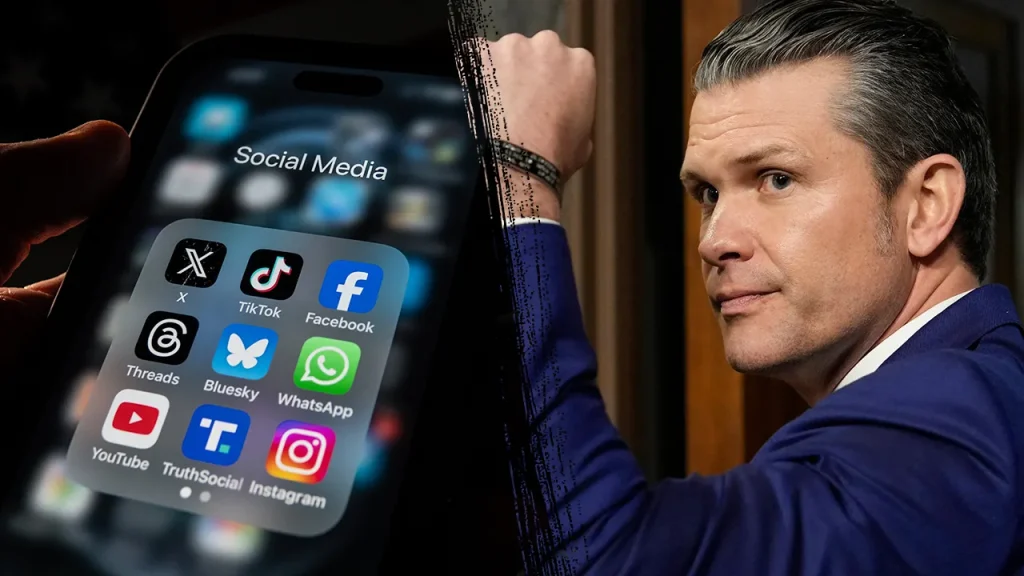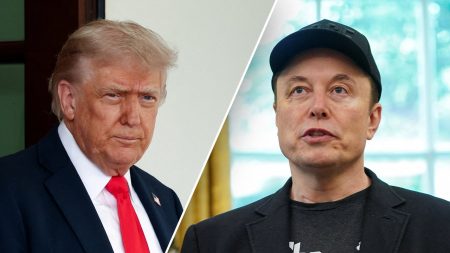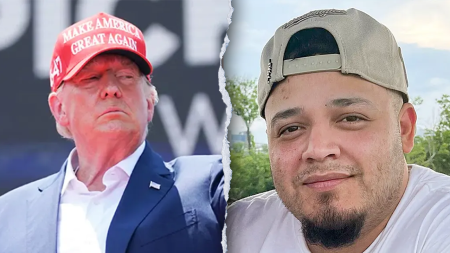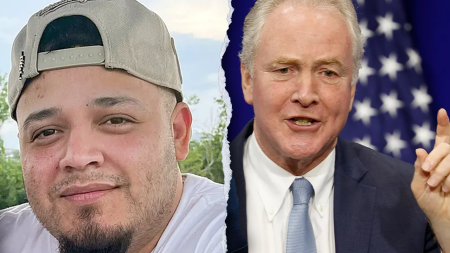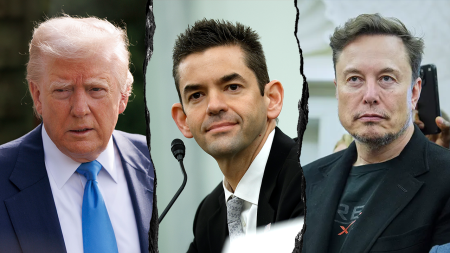The Department of Defense (DOD) has initiated a comprehensive review and temporary pause of its social media activities worldwide. This directive, endorsed by former President Donald Trump, halts all non-essential posts across various platforms, with exceptions made for content related to U.S. military operations and border security deployments. The pause, anticipated to last several days, aims to align all DOD communications with the administration’s focus on warfighting and lethality. Internal guidance will be disseminated to public affairs officers, clarifying the new social media policy. While press releases will continue via email and official websites, social media accounts will effectively be dormant, with no new content permitted until further direction from a confirmed defense secretary. This initiative is part of a broader effort to recalibrate the DOD’s communication strategy, emphasizing core military priorities.
This sudden shift in social media strategy comes amidst criticism of the military’s previous online engagement, particularly under the Biden administration. Critics have argued that the DOD’s focus on diversity, equity, and inclusion (DEI) initiatives and what they perceive as “woke” content has detracted from the military’s core mission of warfighting. Examples cited include a 2021 Army recruitment ad featuring a corporal raised by two mothers, which sparked controversy and comparisons to recruitment campaigns of other nations perceived as more focused on combat readiness. The ad was part of a broader “The Calling” campaign aimed at showcasing the diverse backgrounds of service members, but critics argued it projected an image of weakness and undermined the military’s credibility.
Further fueling the criticism were social media posts related to Pride Month. In 2022, the U.S. Space Force highlighted comments from Maj. Gen. Leah Lauderback on the “QueerSpace” podcast, while the U.S. Marines shared an illustration featuring a helmet adorned with rainbow-colored bullets. Similar posts from the U.S. Air Force in 2023, featuring rainbow flags and Pride-themed imagery, also drew considerable negative attention, with critics voicing concerns about the politicization of the military and a perceived shift away from its core values. These posts became focal points for a broader debate about the role of social media in military communication and the appropriate balance between inclusivity and projecting an image of strength and combat readiness.
The Trump administration’s decision to pause social media activities within the DOD reflects a broader push to reorient government communication towards what it considers more traditional values. This is consistent with other policy changes, such as the “one flag policy” for U.S. buildings, which prioritizes the American flag over other symbols. The administration also shut down DEI offices and placed federal DEI employees on administrative leave, signifying a clear shift away from such initiatives. The social media pause can be seen as another facet of this broader effort to reshape the government’s public image and messaging.
The DOD’s social media review signals a significant change in the military’s communication strategy. The focus on “warfighting and lethality” suggests a desire to project an image of strength and combat readiness. The temporary pause allows the administration to assess current practices and develop new guidelines that align with its priorities. The long-term impact of this change remains to be seen, but it clearly marks a departure from the previous administration’s approach to social media engagement. The future direction will likely be shaped by the incoming defense secretary’s vision for communicating the military’s mission and values.
This episode underscores the ongoing tension between projecting inclusivity and maintaining a focus on core military values. While supporters of DEI initiatives argue for the importance of representing the diversity of the armed forces, critics contend that such messages can be perceived as prioritizing social issues over combat readiness. The DOD’s decision to review its social media presence is an attempt to navigate this complex landscape and strike a balance between reflecting the diverse composition of the military and projecting an image of strength and unwavering dedication to its core mission. The ultimate success of this strategy will depend on its ability to effectively communicate both the inclusivity of the armed forces and their commitment to national defense.




